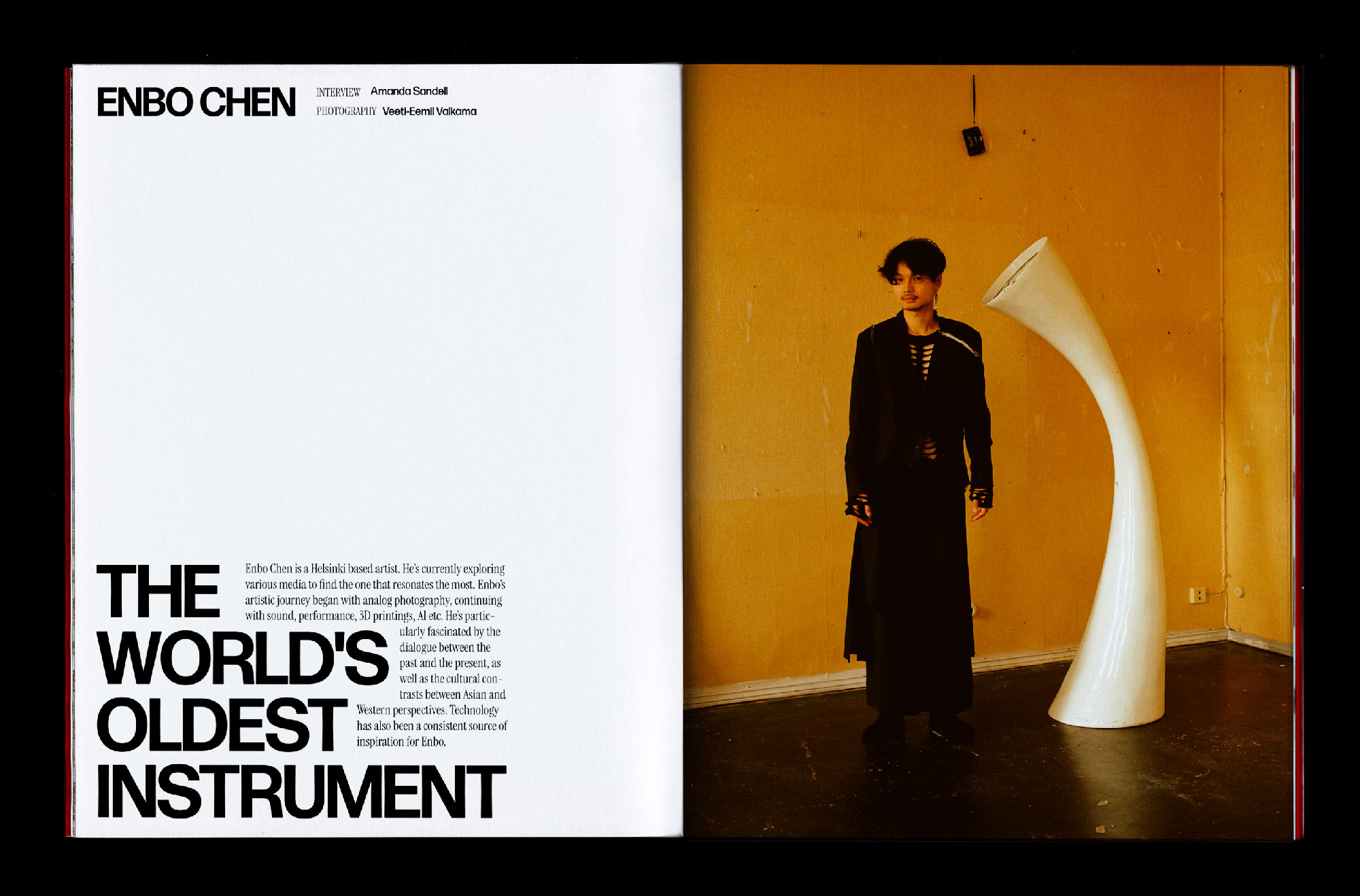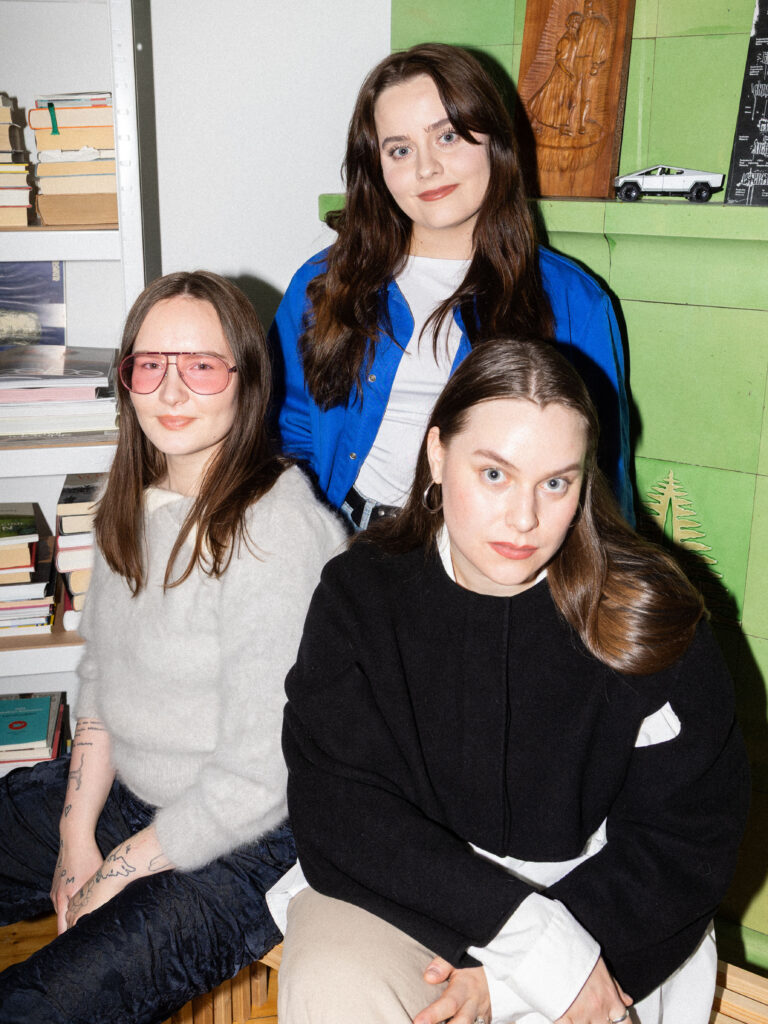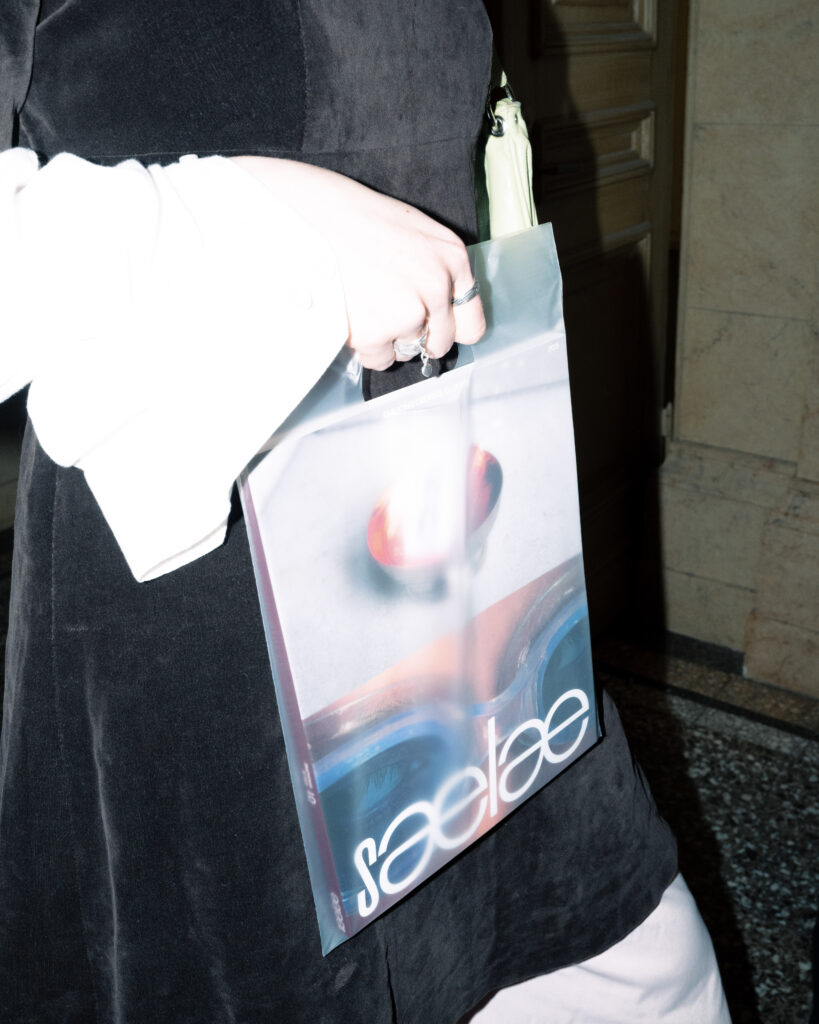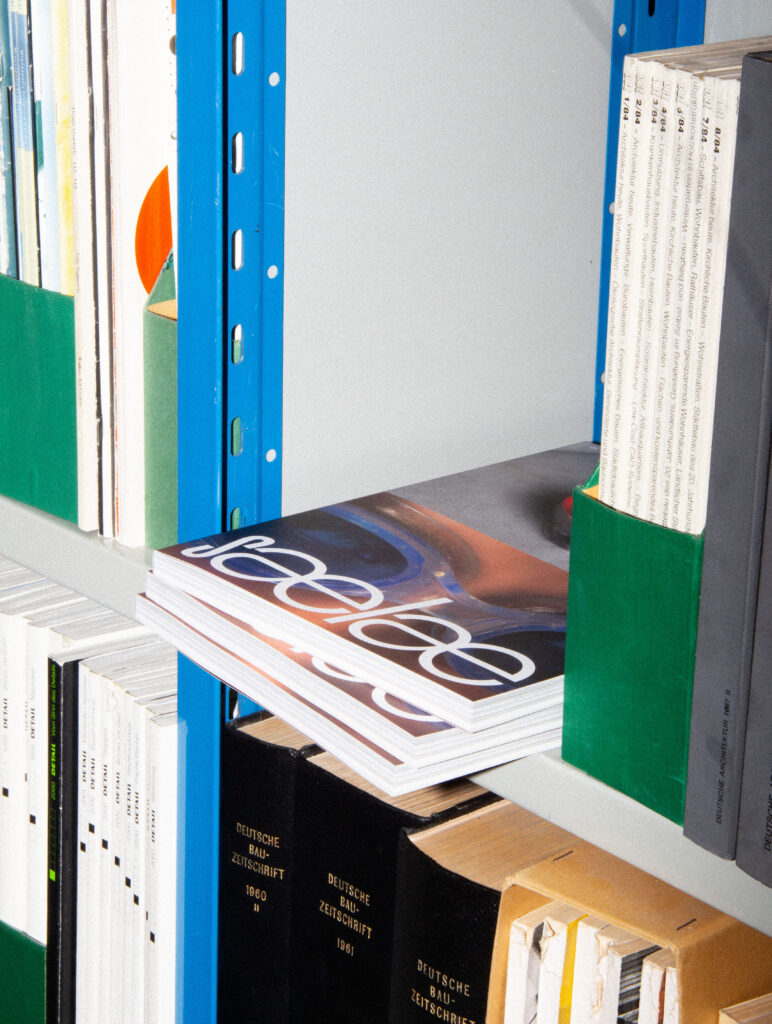
Sälä magazine is a Helsinki-based approach to curating creative clutter
A new print magazine wants to change the way Finnish design is portrayed globally while allowing us in on the uncertainty of the creative process.
At first Sälä confuses. The appearance of the magazine is exquisite, sure. Its paper matte with graphic design that is clear yet playful. The typography teases at the border of fun and slightly off.
The item feels nice and heavy in hand – oh, how we have missed the feel of true print?
But the name, Sälä, is perplexing.
According to founder and producer/design consultant Mimosa Tast, the name refers to the Finnish slang word for ‘stuff’.
“To us, it looked nice but there is also a fun little story to the name as it does refer to the content of the magazine. Stuff also goes with the ideology and visual identity of Sälä since we wanted to create a kind of interior design magazine revolution”, Tast describes.
Revolution here refers to the trio, Tast, graphic designer Peppi-Lotta Heinonen and editor-in-chief Amanda Sandell creating a product that comes with a whole world around it–one that at the same time tries to steer away from being or feeling too clean, too polished.

The magazine is published bi-annually with a focus on design and the varying themes that stem from the industry.
The publication is aimed at designers and design professionals but hopes to widen the interest of anyone with even the slightest eye for interior design, graphic design and even critique.
“We are hoping to expand the world of design from being quite a self-contained entity into being something more accessible”, Tast says.
“We are hoping to expand the world of design from being quite a self-contained entity into being something more accessible.” Mimosa Tast
The first number is more local: written in Finnish it describes the immediate spheres of the trio behind it. The second number is, however, going to be written in English, describing the international and global aspects of Finnish design.
“We believe that Finnish design lacks a strong international presence”, says Tast, “There is certainly genuine interest towards Finnish design internationally, but at the same time, a lack of a strong global outreach.”
According to Heinonen, the mission of the collective is to make Finnish design more visible. And what Finnish design lacks in particular, is platforms for new and upcoming talent.
“In Finland we are often leaning onto the heritage of the design grandmasters, but what we could instead do with is a tiered approach for newcomers to be able to show their work,” Tast agrees.
“What I see as a designer is that we have young creatives who graduate only to be guided into larger agencies to work. The initial takeoff could be more artistic if you may, more focused on the individual needs of each new designer,” she elaborates.
“But then again I do understand that money can be a deal-breaker for many.”

The group met years ago, when Tast was first launching the idea of a print product with a design focus. Heinonen jumped on board as the graphic designer and brought along Sandell, an old schoolmate from LAB Institute of Design and Fine Arts.
Having initially established the idea among a group of friends, Tast soon realised that help was needed. A first soft launch was done through social media to create a “concurring pressure” that often makes things happen.
“Many newcomers are faced with the fear of launching something less than perfect. Particularly since the only thing we normally see through social media is extremely polished and very ready approaches,” Tast says.
This can be intimidating to anyone entering the workforce.
“With Sälä we want to show the whole process behind creating the magazine. The unknown and the uncertain. Which is why it felt natural to create an Instagram page before the magazine was even printed.”
Heinonen adds, “When we did launch the magazine, people were like ‘oh yeah, you had this Instagram account going all along’. I believe creative processes require perseverance, work is often slow and demanding.”

The trio agrees that instead of letting readers, followers and those who are interested only enjoy the final product, a more interesting approach is to allow outsiders to look into the creative process almost as looking into one’s diary. Or as Tast sees it, “letting people into your Notes application”.
Sandell is also quick to remind that even though the launch of the first publication has taken some time, with the team now ready and comfortable in their positions, nobody needs to wait for another 18-months for the next issue.
The second number will be brought out in Autumn 2025. An Open Call for applications was opened in April and will run until the end of May.
According to Tast, what became clear at the launch party for the first issue was that there is an evident need for a magazine like Sälä within the Finnish market. The magazine has been welcomed with open arms even though it could be considered a small, independent publication. The suite of Instagram followers is growing – and the first print is almost sold out.
What is creating the hype?
“I believe people are interested in the content of the magazine. We are operating its pages like an open gallery. In the future, the magazine will be run through Open Calls very similarly to a public art space because we believe in breaking our own bubbles,” Tast says.
“We want to learn more about design and the manifold world around it. But in order to truly do that, we need to also be exposed to things, people and phenomena that are new. We are very reluctant to only show people that we just happened to cross paths with in our lives, but rather seek to discover the fresh.”
The creative process will be lined with criteria and set guidelines for the thematics of each issue but all in all, the creators are willing and hoping to break the hierarchies that are often associated with creating design products.
According to Sandell, no one in the team bears any specific titles and due to the amount of limited resources, everyone is willing to create in varied ways. “Obviously, there are certain criteria that we consider as good practice when it comes to working but we are very hands on with the material, all of us. The artists and designers send us their work but instead of just cherry-picking what we like from the slate, we aim to build whole stories around the work.”
An example of such processes from the first number of Sälä could be the article on Enbo Chen featuring the world’s oldest instrument–the flute. The piece consists of a long interview with enticing imagery on the 3D workings of Chen.
“I am not a big fan of the word ‘storytelling’ but we are very invested in the immaterial use of resources. We are hoping to create work that is justified. Simply put, we hope to create products that are not just ‘pretty vases’ but stand for something more purposeful,” Sandell claims.
“We hope to create products that are not just ‘pretty vases’ but stand for something more purposeful.” Amanda Sandell
True to that, the future of Sälä will feature a growing amount of design and art criticism.
“We currently find ourselves in a time where everyone’s a critic but we as creators do not wish to encourage that. What we instead crave is professional criticism that is not solely cutesy and supportive of creatives, designers and artists – but rather something that challenges us. We need to be reminded of the world’s limited resources, the climate crisis and the need for more valid creating,” Tast says.
Something that packs a punch but as a print product can be looked over and read repeatedly.
Maybe something a bit slower, something to linger with a while longer?
“For us, it is crucial that Sälä is a real, hands-on object that people will physically carry with them while it later lives on in their homes.”
